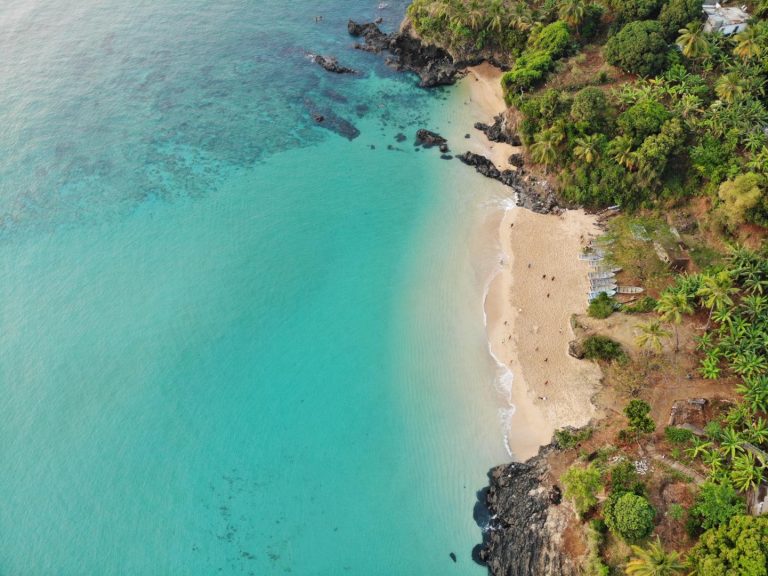Abstract
The biomass and abundance of four herbivorous fish families were surveyed in the region of Andavadoaka, south-west Madagascar, investigating the effects of fishing intensity, reef geomorphology and benthic cover. Distance from the village was used as a proxy for fishing effort, with sites closest to the village assumed to have the highest fishing intensity. Both overall herbivore biomass and abundance increased with distance from shore (p=0.002, p<0.001), as well as with increased hard coral cover (p<0.001, p<0.001). Acanthurid biomass (p<0.001) and abundance (p<0.001) increased significantly with distance from the village, as did the abundance of Pomacentridae (p=0.001). Conversely, siganids decreased in biomass with increased distance from the village (p=0.019). Associations between herbivorous fish families and benthos were manifested in a significant (p<0.001) increase in acanthurid and pomacentrid biomass with increased hard coral cover. Sites with increased turf algae displayed lower scarid biomass (p=0.002) and abundance (p=0.032), while siganid abundance increased (p=0.002) as turf algae increased. Reef type has previously been suggested to be an important factor influencing fish biomass, however the results of this study suggest that this has little effect on herbivore biomass in the region. Benthic cover and fishing intensity appear to influence the biomass of herbivorous fish communities more on the reefs of Andavadoaka, highlighting the importance of Marine Protected Areas to protect both corals and fish.

















